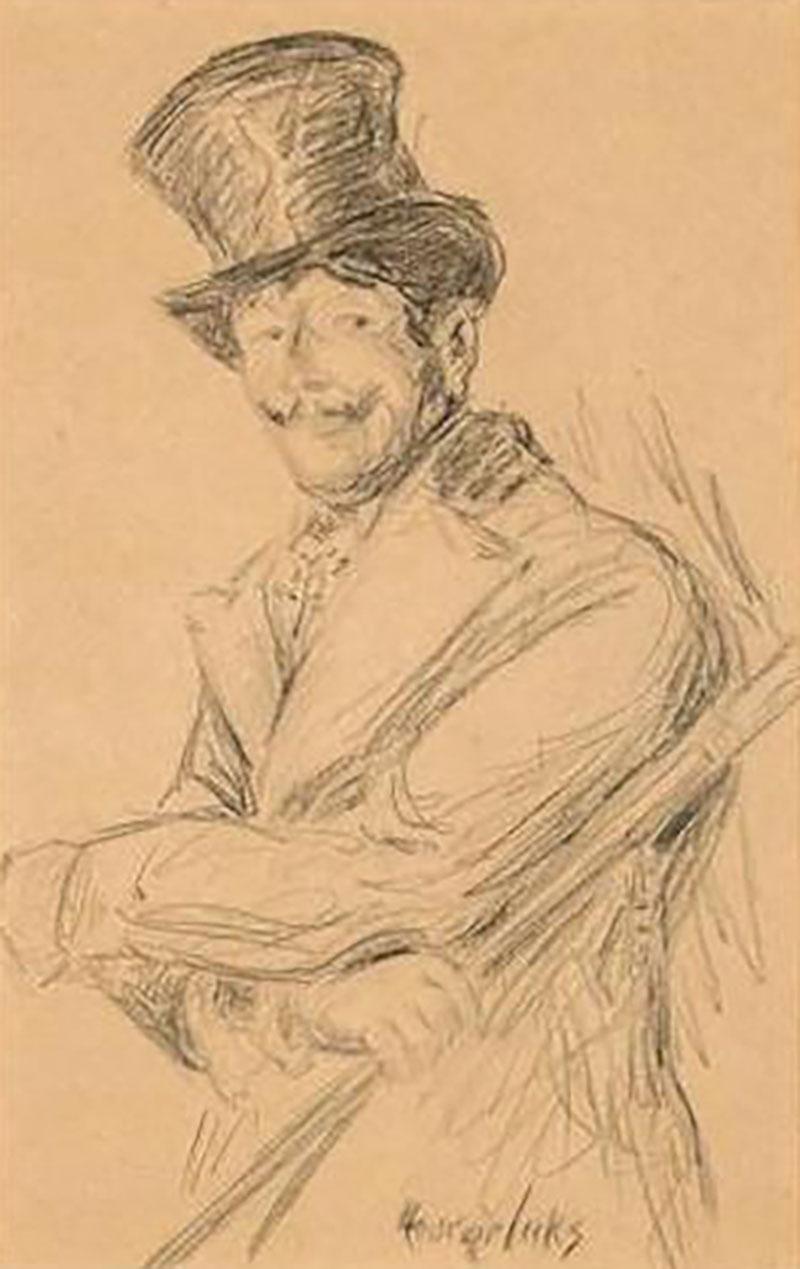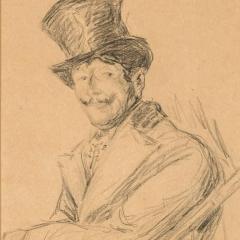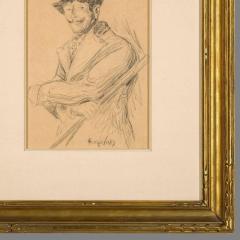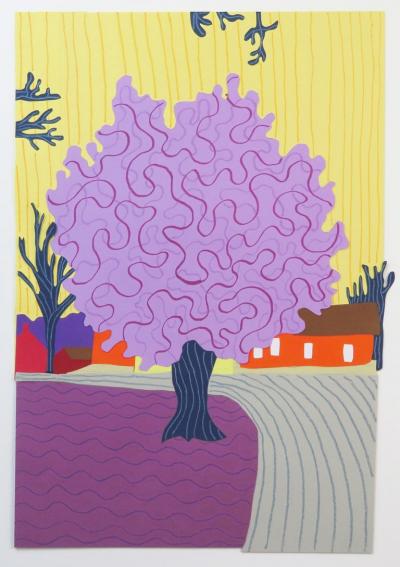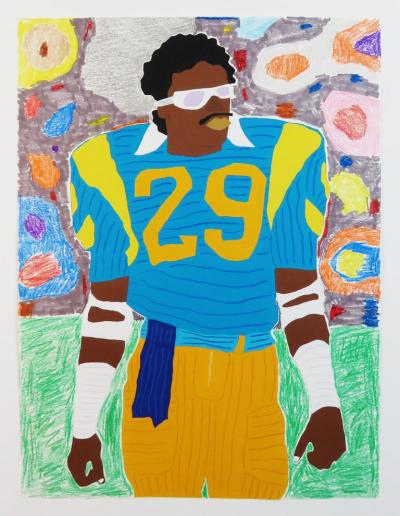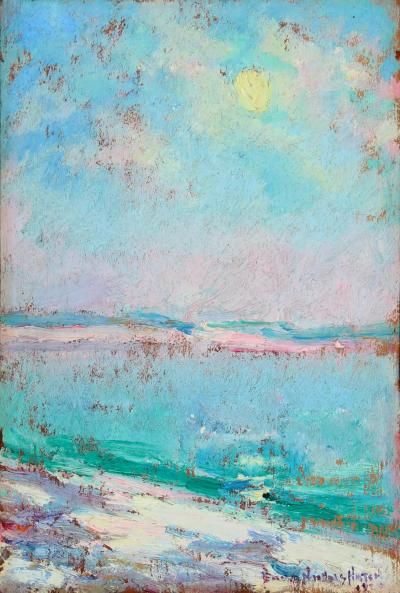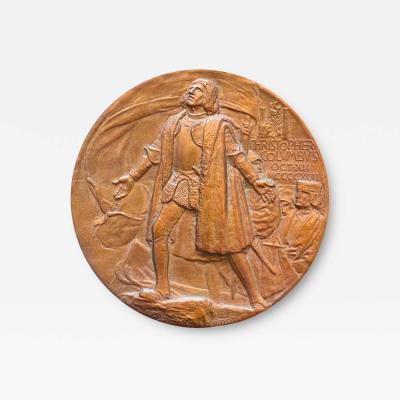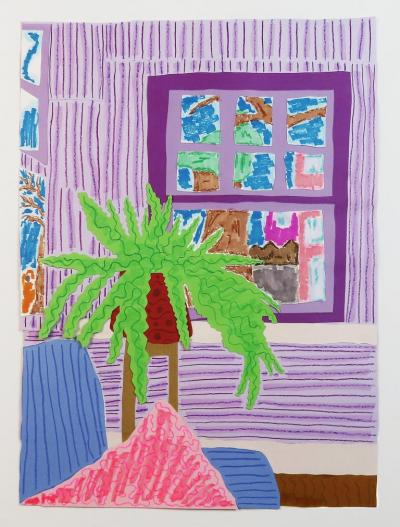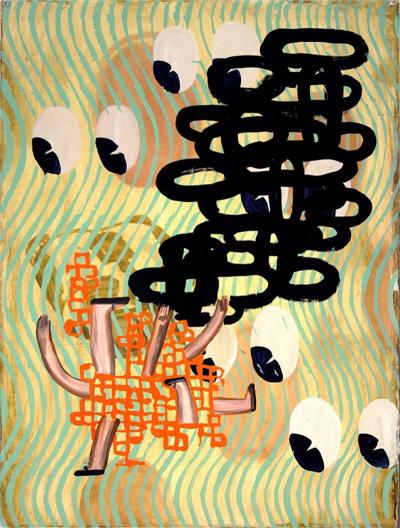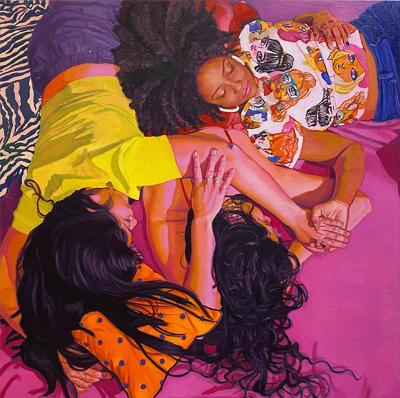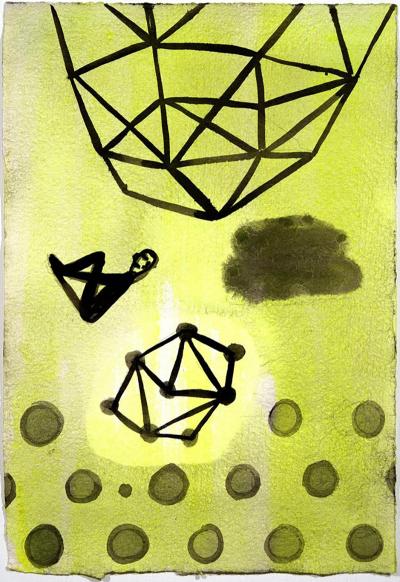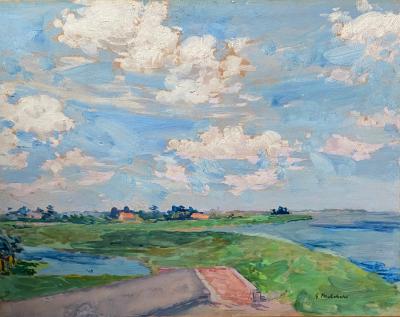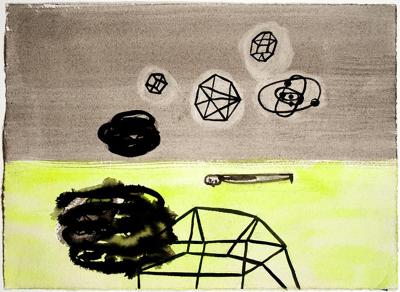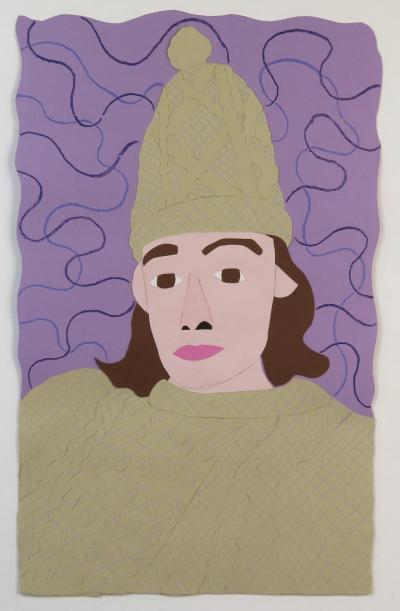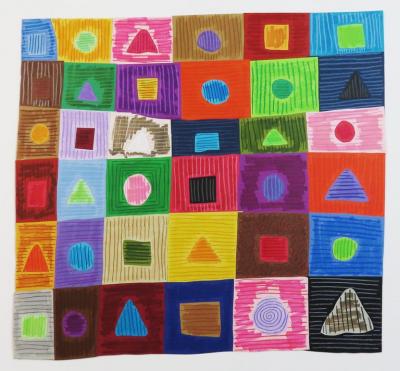Otis Skinner as Col. Philippe Bridau in "The Honor of the Family" c. 1919
-
Description
GEORGE LUKS (1867-1933)
Otis Skinner as Col. Philippe Bridau in "The Honor of the Family", c. 1919
Charcoal on paper
12 x 7 ¾ inches (sight)
Signed at lower right: George Luks
Period George Of frame
PROVENANCE
Henry Holt, New Jersey
Mayo Gallery, Richmond, Virginia, 1990
William B. Thalhimer
Estate of Charles G. Thalhimer, Richmond, Virginia
This is a preliminary sketch for the painting executed in 1919 and held by the Phillips Collection. The finished painting was commissioned by Duncan Phillips and finished in 1919. Phillips admired the great actor and wanted a portrait made of him in the role of this "poseur and vagrant adventurer." The actor was too busy to sit for a portrait so he bought theater tickets for George Luks so he could sketch the performer in person.
On August 13th, 1867, George Luks was born to Emil Charles Luks and Bertha Amalia von Kraemer Luks in Williamsport, Pennsylvania. After short stints at the Pennsylvania Academy of Fine Arts and the Dusseldorf Academy, Luks traveled to Paris and London around 1890, where he admired the work of Rembrandt, van Steen, Hals, and Renoir. Again in 1892, Luks traveled to Europe.
In 1894, he joined the staff of the "Philadelphia Press" as an illustrator. He moved into a one-room flat with fellow illustrator, Everett Shinn. Through his illustration work, Luks became acquainted with William Glackens and John Sloan and eventually Robert Henri, and these artists including Shinn later became known as the Philadelphia Five.
In April of 1896, after serving as a war correspondent in Cuba, Luks moved to New York, where he joined the staff of the "The New York World" and began to draw the comic strip, "The Yellow Kid." By 1902, Luks abandoned newspaper work in order to devote his energy to painting.
In 1908, The Eight, formed from the pre-existing Philadelphia Five with the addition of Maurice Prendergast, Arthur Bowen Davies, and Ernest Lawson. They exhibited at the Macbeth Gallery in New York from February 3rd through February 15th.
Luks employment as a newspaper illustrator may have led to his interest in the everyday people and scenes which dominate many of his early canvases. Street urchins, beggar women, rag pickers, and the working class are painted with an immediacy, honesty, and richness reflective of Dutch Master, Frans Hals.
Luks' personality is as famous as his painting. A loud, boastful but purportedly good-humored man, Luks was also a heavy drinker. On October 29, 1933, he was found dead on the streets of New York, a casualty of a bar-room brawl. -
More Information
Documentation: Signed Period: 1900-1919 Materials: Paper, Charcoal. Condition: Excellent. Creation Date: 1919 Styles / Movements: Other Incollect Reference #: 637874 -
Dimensions
W. 7.75 in; H. 12 in; W. 19.69 cm; H. 30.48 cm;
Message from Seller:
Brock & Co. specializes in fine art advisory services, offering expert guidance in acquisitions, appraisals, and developing private collections. For more information or inquiries, please contact us at 617.510.7748 or brockandco@gmail.com.















